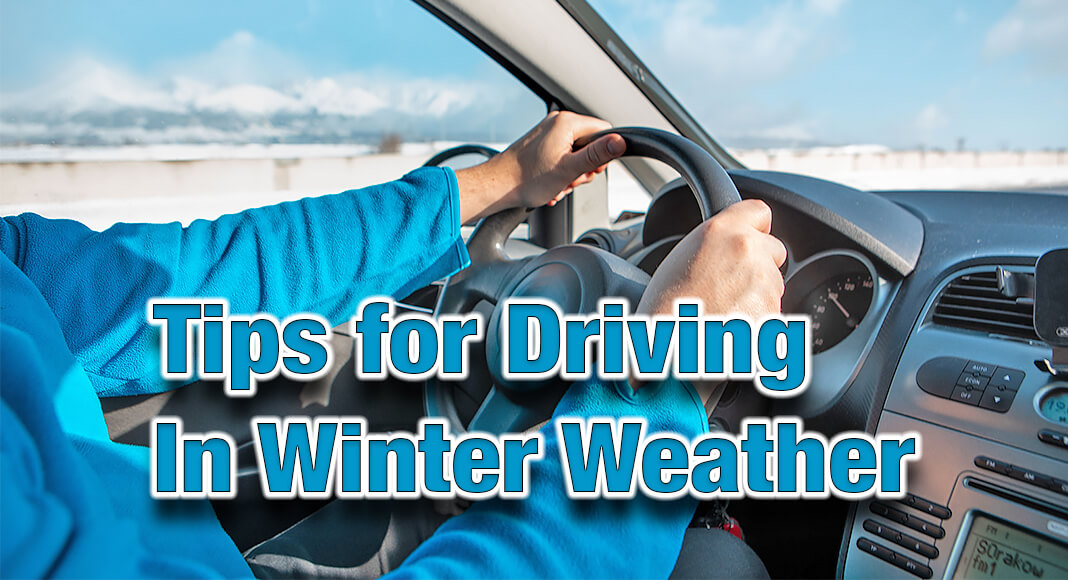
Texas Border Business
In a state as large as Texas, winter weather can vary widely and change quickly. It’s important for drivers to be prepared for potentially dangerous conditions.
• Always buckle up – every person, every ride. Wearing a seat belt is one of the best safety protections in any kind of weather.
• Before hitting the road, check DriveTexas.org or call 800.452.9292 for road closuresand listen to weather forecasts.
| Tips for Getting Car Ready for Winter Travel |
| • Check your car’s antifreeze, battery, tires, windshield wipers, and lights (front and back). |
| • Let others know your route and expected arrival time, building in extra time for delays. |
| • Put together an emergency roadside kit with water, snacks, blankets, jumper cables, etc. |
| Tips for Driving in Winter Conditions |
| • Slow down and increase the following distance between your vehicle and others. It can take twice as long to stop on wet roads and even longer on icy roads. |
| • Do not use cruise control, which may cause you to lose control on icy surfaces. |
| • Brake gently, applying slow, steady pressure to test traction. |
| • Approach turns, bridges and shaded spots slowly. If start to skid, stay calm; keep both hands on the wheel; take your foot off the gas; look where you want to go, and steer that direction. |
| • Keep a safe distance away from TxDOT vehicles as they treat roadways. |
| Tips for Driving in Fog |
| • Use low beam headlights and fog lights, if you have them. Do not use high beams (bright lights). |
| • Slow down and do not drive faster than your field of vision. Use windshield wipers and the defroster to maximize visibility. |
| • Increase your following distance to ensure enough room for stopping and avoid sudden stops. |
| • Use the right edge of the road or roadside reflectors as a guide. If you cannot see, pull off the road completely — preferably at a rest area or truck stop — and turn on your hazard flashers immediately. |












